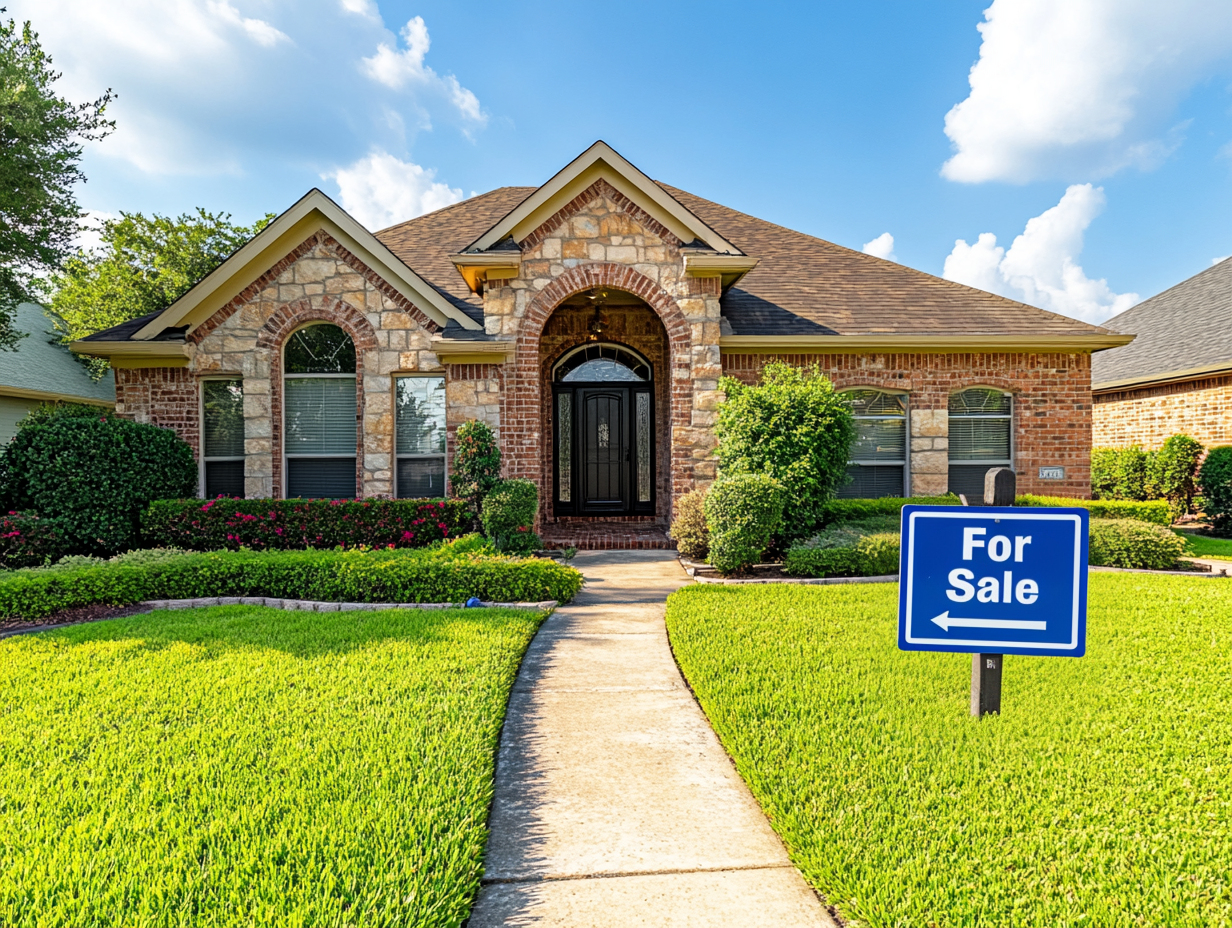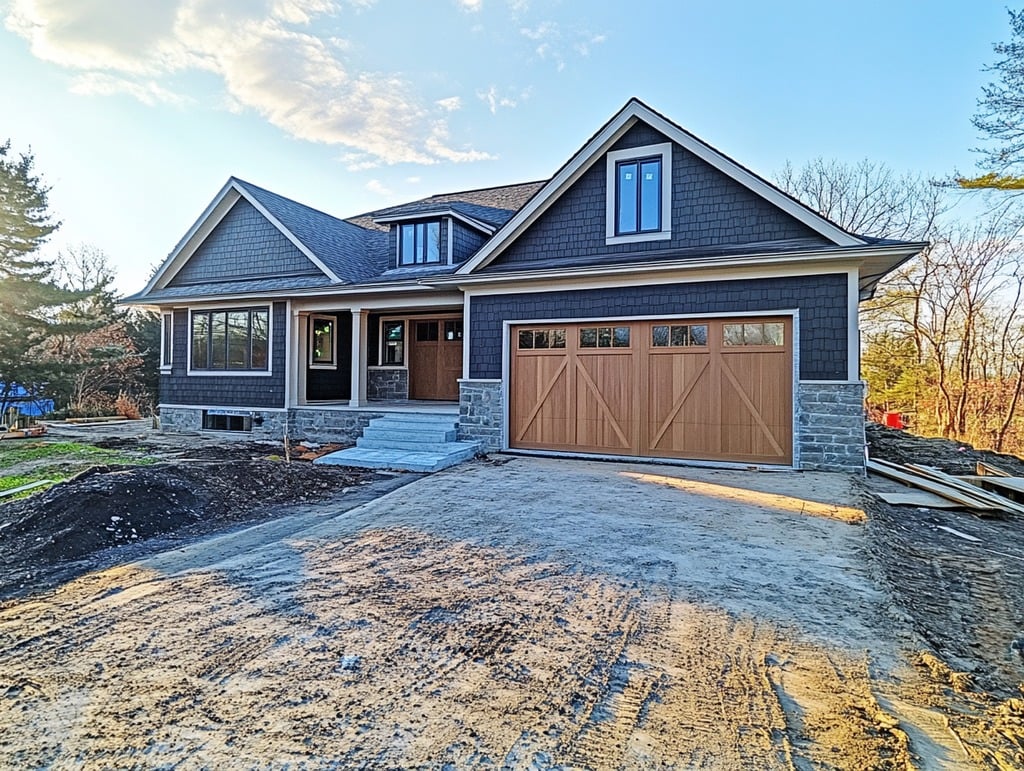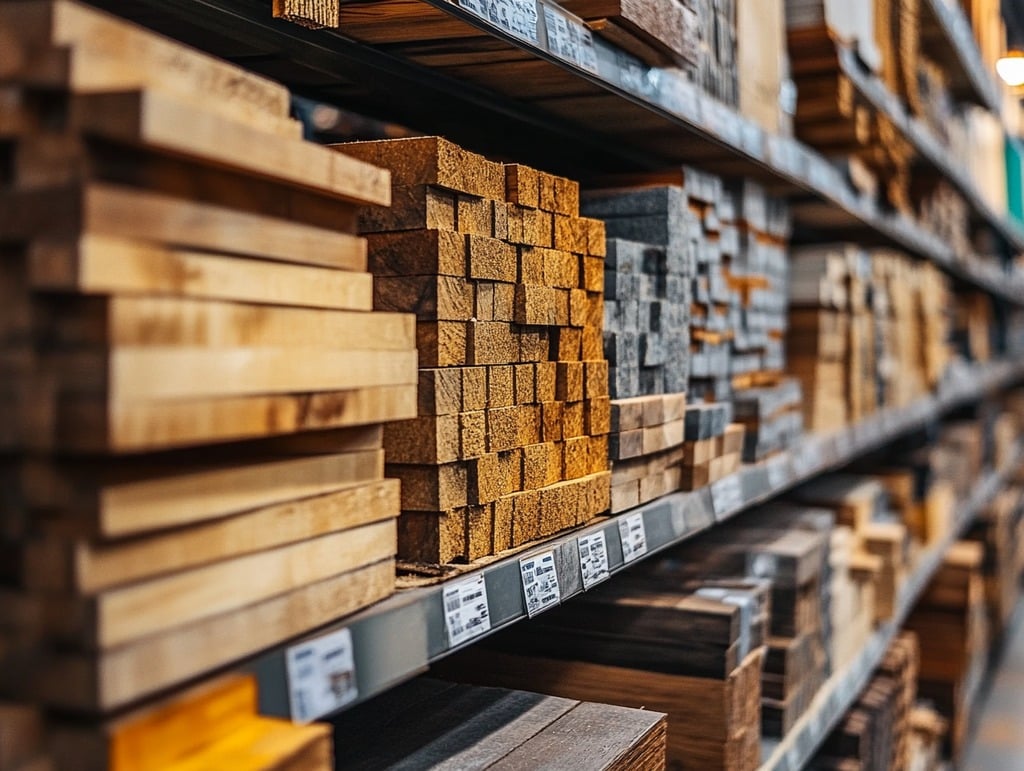If you’re in the market to buy a home—or just keeping an eye on real estate prices—you’ve probably noticed that prices are higher than ever. But why do home prices keep climbing? A combination of economic forces, lifestyle shifts, and financial trends has fueled this price growth. Let’s dive into the main reasons why home prices are soaring and what that means for potential buyers and homeowners alike.
1. Demand vs. Supply: More Buyers Than Homes
One of the most basic principles in economics—supply and demand—is at the heart of rising home prices. Quite simply, there are more people looking to buy homes than there are homes available on the market.
A few key factors are contributing to this imbalance:
- Urbanization and Population Growth: As more people flock to cities or growing metropolitan areas, demand for housing in these regions intensifies. Even in suburban and rural areas, population growth has outpaced the availability of affordable housing.
- Low Housing Inventory: In recent years, the number of homes for sale has been relatively low. Homeowners may be reluctant to sell, either due to economic uncertainty or a lack of affordable options to move into.
With a limited supply and plenty of buyers, competition heats up, and prices naturally go up as people bid higher to secure a home.
2. Low Interest Rates: Cheap Loans Fuel Demand
Over the past few years, mortgage interest rates have hovered at historically low levels, making home loans more affordable. Lower rates reduce monthly payments, allowing buyers to afford pricier homes without seeing a significant spike in their payments. When the pandemic ended, interest rates increase significantly. However, they are still much lower than the 1980s and 1990s, when they were well over 8%, even reaching as high as 17% or higher.
Points to consider:
- When interest rates drop, buying becomes more appealing for a larger pool of people, including first-time buyers, investors, and even current homeowners looking to upgrade.
- Low rates also mean buyers can lock in affordable financing for years, adding urgency to buy before rates climb again.
This environment of cheap loans has driven more buyers into the market, boosting demand and pushing prices up even further. While prices appear to be easing in some areas of the country due to buyers putting off their purchases, each time the interest rates lower, more buyers enter the market.
3. Rising Construction Costs
Building a home isn’t as affordable as it used to be. Construction costs have surged, making it pricier for developers to build new homes. The reasons for this include:
- Material Costs: The cost of essential materials like lumber, steel, and concrete has risen significantly, especially during and after the pandemic. At one point, lumber prices skyrocketed, adding thousands to the cost of new homes.
- Labor Shortages: Skilled labor shortages in the construction industry also add to costs. With fewer workers available, builders have to pay higher wages to attract and retain talent, which eventually gets passed down to buyers.
When it’s more expensive to build, the price of new homes climbs accordingly. And when new home prices go up, it can pull up the prices of existing homes in the area, too.
4. Real Estate as an Investment: Demand for Rental and Vacation Properties
In recent years, more people have turned to real estate as a stable investment, buying investment properties for rental income or as vacation homes. This trend is especially visible in desirable areas where people want to invest in property for long-term returns.
Why this matters:
- Increased Competition for Homes: With more buyers snapping up properties as investments, the competition for homes increases, reducing the number available for traditional buyers.
- Higher Prices in Hot Markets: Areas that attract a lot of investment interest—think cities with high rental demand or picturesque vacation spots—tend to see even sharper price increases as buyers compete for limited inventory.
This demand for investment properties puts added pressure on the market, often driving prices beyond what typical homeowners might afford.
5. Changes in Lifestyle: The Remote Work Boom
The shift toward remote work has been a game-changer in the housing market. Many people who once needed to live near their offices are now free to work from anywhere, sparking interest in suburban and rural areas that offer more space and lower prices than city centers.
This shift is driving prices up in unexpected places:
- Suburban and Rural Price Increases: Many remote workers are leaving crowded cities for larger homes in quieter, more affordable areas. The increased demand in these locations has led to noticeable price hikes.
- Bidding Wars in Suburban Markets: With more buyers competing for suburban homes, some areas are experiencing the same bidding wars that were once only seen in urban real estate markets.
For suburban and rural areas that were once quiet, this surge in demand has changed the landscape, raising home prices and reducing inventory.
6. Inflation: The Ripple Effect on Housing
Finally, inflation plays a big role in driving up home prices. When the cost of goods and services across the economy rises, housing is no exception. Inflation affects everything from construction materials to labor, and these costs ultimately impact the housing market.
Here’s how inflation trickles into home prices:
- Rising Construction and Labor Costs: As prices for materials and labor go up, so do the costs to build and maintain homes, which gets reflected in sale prices.
- Increased Cost of Living: As everyday expenses climb, homeowners often need to adjust their property prices upward to keep up with the economy.
Inflation essentially adds an extra layer of pressure to the housing market, pushing prices higher even beyond typical supply-and-demand dynamics.
So, What Does This Mean for Homebuyers?
For those hoping to buy a home, these factors can make the current housing market feel challenging, if not overwhelming. Here’s a quick summary of what you need to keep in mind:
- Expect Competition: With demand outstripping supply and more people entering the market, bidding wars are common, especially in desirable areas.
- Interest Rates May Not Stay Low Forever: While low rates are beneficial now, they won’t last forever. It may be a good time to secure a loan before rates rise again.
- Look for Creative Solutions: If you’re struggling to buy in a competitive market, consider expanding your search area, exploring fixer-uppers, or seeking first-time homebuyer programs that offer financial assistance.
Final Thoughts
While the factors pushing home prices up might seem overwhelming, understanding them can provide valuable insight for buyers, sellers, and investors. From supply and demand imbalances to economic shifts and lifestyle changes, there are many forces at play in today’s housing market.
Are rising home prices here to stay? It’s hard to say, but awareness of these dynamics can help buyers and sellers make more informed decisions. What are your thoughts on the current housing market? Are there other factors you think are driving prices higher?
Let’s keep the conversation going—share your insights below!








